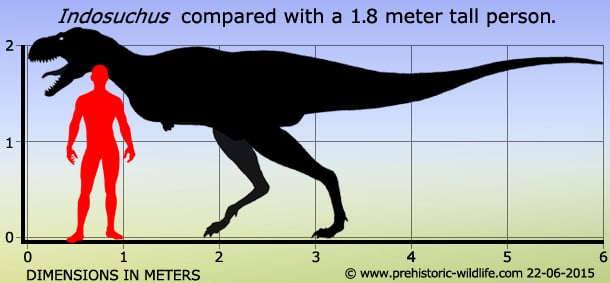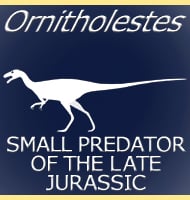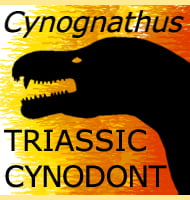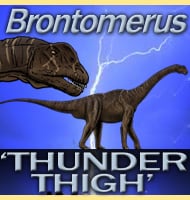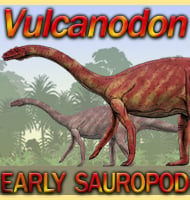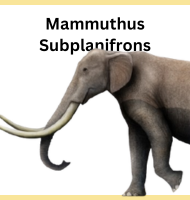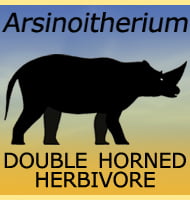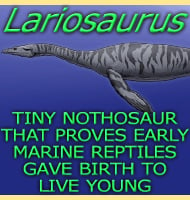In Depth
Although still often regarded as a valid genus, Indosuchus is considered by some to be a nomen dubium. This is because in 1933 Charles Matley and Friedrich von Huene not only named Indosuchus, but also Indosaurus and Compsosuchus, also from partial remains. Many palaeontologists consider these three genera to possibly be the same genus of dinosaur, but direct comparison is now impossible since the holotype of Indosaurus is now missing.
Indosuchus is often confused with Indosaurus, not just because of the similar names but the fact that they are both thought to have been abelisaurid theropods. At the time of their descriptions however, abelisaurs were unknown so Matley and von Huene named both of them as allosaurids. The suchus part of Indosuchus is derived from ancient Greek soukhos which means ‘crocodile’. This actually reveals Friedrich von Huene’s preference for naming dinosaurs with the named ending suchus because he thought that crocodiles were more closely related to dinosaurs than lizards, the literal translation of ‘saurus’ being ‘lizard’.
Further Reading
– The Cretaceous Saurischia and Ornithischia of the Central Provinces of India. – Palaeontologica Indica (New Series), Memoirs of the Geological Survey of India 21(1):1-74. – F. von Huene & C. A. Matley – 1933. – Indosuchus and Indosaurus, Cretaceous carnosaurs from India. – Journal of Paleontology 52(3): 570-580. – Sankar Chatterjee – 1978.
